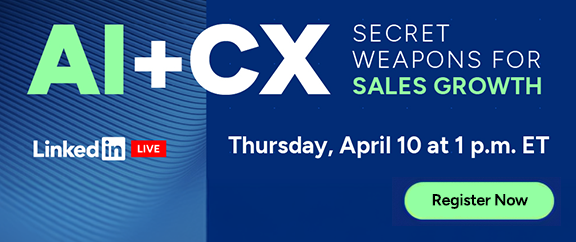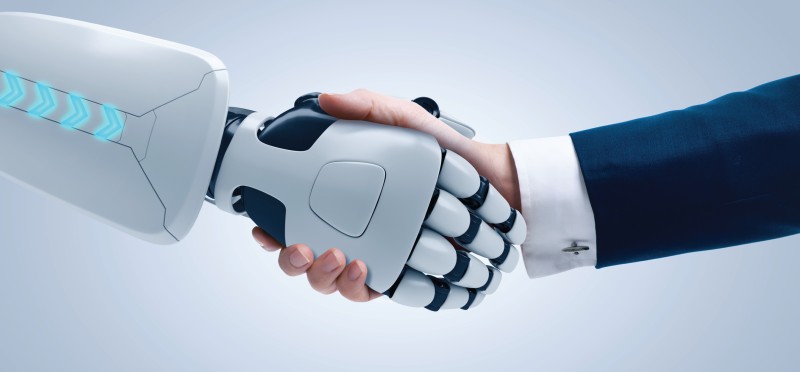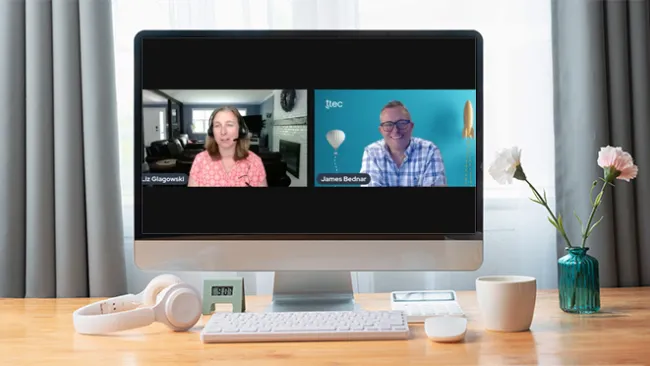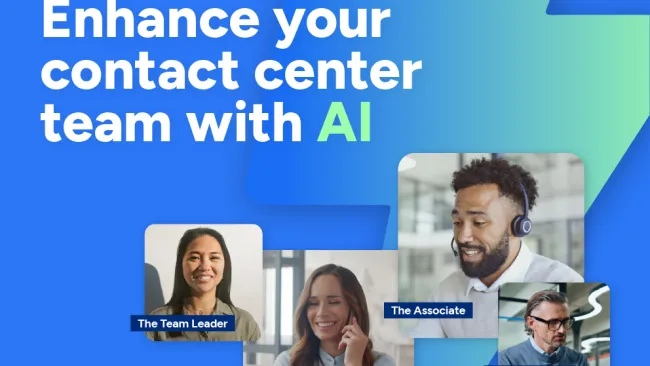The bots are coming, the bots are coming! Chatbots are stealing our jobs. Chatbots are enhancing our jobs. Articles about artificial intelligence (AI) and chatbots tend to fall in one of these fields. But what isn’t addressed as often is whether we, as consumers, want to interact with a chatbot and whether it is a better customer experience than when we deal with a human.
What do consumers think about chatbots and where do humans fit in a world that increasingly includes robots?
Although most consumers have yet to interact with chatbots (about 75 percent in the U.K. have not according to a survey by Ubisend), many are open to the possibility. What is even more interesting is that AI technology is already fairly prevalent in our lives, with 63 percent of people not realizing that they are using a tool driven by AI. Additionally, the Ubisend survey also found that approximately 69 percent of respondents said they’d consider talking to a chatbot before a human in order to get instant answers to their questions. And 19 percent said having a human interaction when contacting a business is not important to them.
In other words, even though only a few consumers have encountered a chatbot, many already have clear expectations: that bots will provide faster service than humans. And in this era of instant gratification (Amazon Prime Now, Car2Go, Netflix) rapid service is a priority for many consumers. In fact, 73 percent of consumers say that valuing their time is the most important thing a company can do to provide them with good service, reports Forrester. And companies are eager to meet those expectations.
Shake Shack, for instance, recently launched a chatbot on Facebook Messenger and Twitter that can answer 300 frequently-asked customer questions, such as what time does Shake Shack open or how are its burgers cooked. Instead of waiting for an employee to respond to a routine question, the chatbot is designed to quickly provide answers at any time. The company says it will continue to update the chatbot with more questions and is looking into enabling it to also take orders.
Even small businesses can launch a chatbot. This year at its annual F8 conference, Facebook announced the ability for anyone to create a simple chatbot on Messenger. This was done specifically to make this technology accessible to small businesses that would not have been able to afford AI technology and data experts.
Man plus machine
Some might interpret the growing accessibility of chatbots as a sign of robots replacing humans. But there are certain things that a bot can’t do as well as humans. Chatbots can’t answer questions that diverge from the information they’ve been fed or display empathy -- yet. And it may take a while before the chatbot can adequately take orders, including those that come with unexpected requests (although we are seeing companies like Microsoft try to crack this for brands like McDonald’s.)
Humans still have a critical role to play as chatbots enter the workforce. Chatbots may be more efficient at providing some types of service, but they can’t do everything. A smarter approach would be to leverage the strengths of both chatbots and humans in concert.
Another way to think about it is to remember that there are three things that make a bot successful:
- A strong application enablement platform that includes an easy-to-use user interface and design that meets customer needs. If customers can’t find it or figure out how to ask the chatbot questions or understand the answers, the bot is useless.
- A sustainable training platform that enables the chatbot to continuously “learn” new information and deliver relevant services.
- Humans that can provide support when an issue arises that’s beyond the chatbot’s abilities.
As consumers, all we want is results. We don’t care if it’s a chatbot or human that meets our needs, as long as those needs are fulfilled, and fast. But even chatbots have limitations. Imagining a world that’s run entirely by robots makes a good sci-fi story, but to stay competitive in a customer-centric world, we’ll need both humans and chatbots.


















